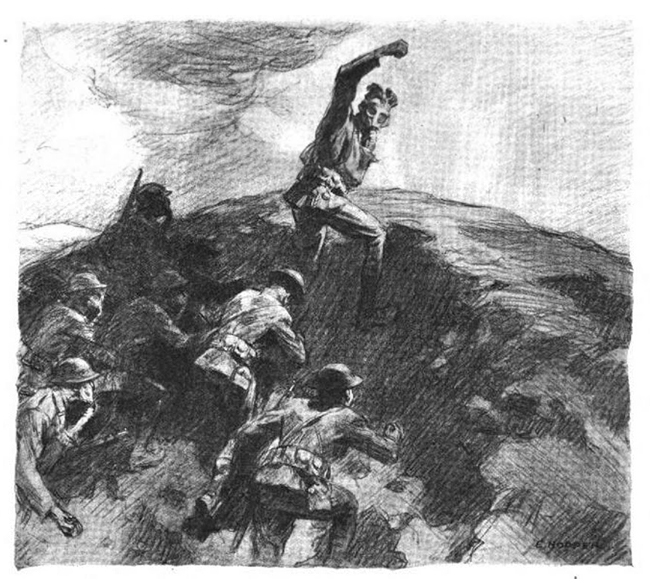In the winter of 1956, Alexander Eliot, art critic for Time magazine, interviewed Edward Hopper for a cover feature on the painter’s roundabout path to fame. Intended to familiarize general audiences with the man behind classic paintings like Nighthawks and Early Sunday Morning, the resultant profile reads today like a paean to an American master. Eliot was taken with Hopper’s “unalterable reserve.” Presenting the artist as a frugal and unsentimental old man who often conflated self-effacement and self-flagellation, he painted his own portrait of a folksy messiah—a humble savant capable of rescuing American realism from a clique of “clattering egos.”
Given this messianic tilt, it’s not surprising that as Eliot broached Hopper’s early days as a commercial artist, he referred to the period as his “time in the desert.” For the first 25 years of his career, Eliot related, Hopper had failed to support himself solely on his painting and therefore paid his bills drawing covers and interior art for publications like Hotel Management, Everybody’s Magazine, and the Wells Fargo Messenger. Eliot spun this existence into a retroactive tragedy. Advertising firms and publishing houses had wanted America’s greatest living realist to “draw storybook characters posturing and grimacing.” Hopper had simply wanted to “paint sunlight on the side of a house.” ... [mehr] https://lithub.com/the-unlikely-pulp-fiction-illustrations-of-edward-hopper/
 From the July 1919 issue of Everybody’s Magazine.
From the July 1919 issue of Everybody’s Magazine.
Keine Kommentare:
Kommentar veröffentlichen